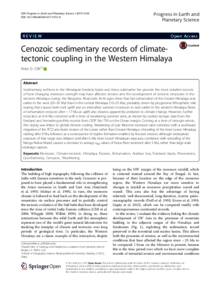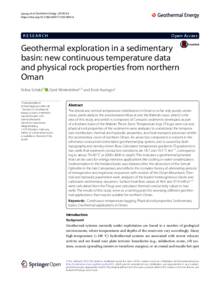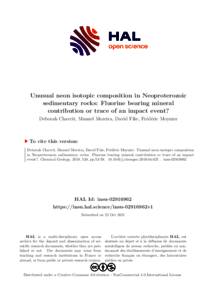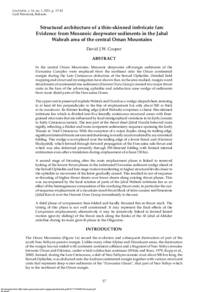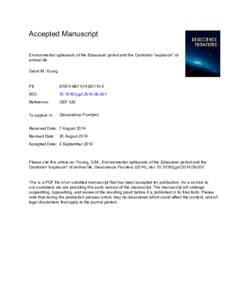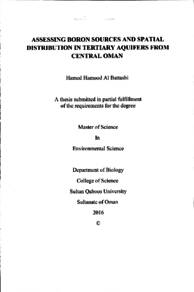وثيقة
Cenozoic sedimentary records of climate-tectonic coupling in the western Himalaya.
المعرف
DOI: 10.1186/s40645-017-0151-8
المصدر
Progress in Earth and Planetary Science. v. 4, 1, 39
الدولة
Germany.
الناشر
Springer Berlin Heidelberg.
ميلادي
2017-12-01
اللغة
الأنجليزية
الملخص الإنجليزي
ᅟ: Sedimentary archives in the Himalayan foreland basin and Indus submarine fan provide the most detailed records of how changing monsoon strength may have affected erosion and the development of tectonic structures in the western Himalaya during the Neogene. Muscovite Ar-Ar ages show that fast exhumation of the Greater Himalaya was earlier in the west (20–35 Ma) than in the central Himalaya (10–25 Ma), probably driven by progressive lithospheric slab tearing that caused both rock uplift and an intensified summer monsoon to start earlier in the western Himalaya. Rates of exhumation reduced after ~ 17 Ma as uplift also slowed, apparently unrelated to climate change. However, further reduction at 6–8 Ma coincided with a time of weakening summer rains, as shown by carbon isotope data from the foreland and hematite-goethite records from ODP Site 730 on the Oman margin. Coming at a time of stronger winds, this drying was linked to global climatic cooling. Weakening of Late Miocene monsoon rains coincided with a southward migration of the ITCZ and faster erosion of the Lesser rather than Greater Himalaya. Unroofing of the Inner Lesser Himalaya, starting after 9 Ma, followed as a consequence of duplex formation enabled by focused erosion, although widespread exposure of that range was delayed until after 6 Ma. Inner Lesser Himalayan exposure, combined with unroofing of the Nanga Parbat Massif, caused a decrease in average εNd values of Indus River sediment after 5 Ma, rather than large-scale drainage capture. Graphical abstract: [Figure not available: see fulltext.].
ISSN
2197-4284
قالب العنصر
مقالات الدوريات

